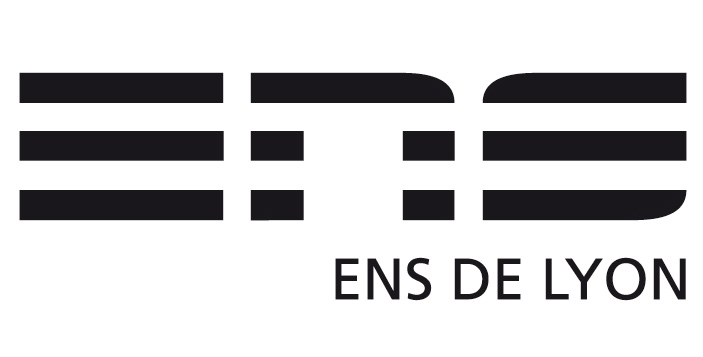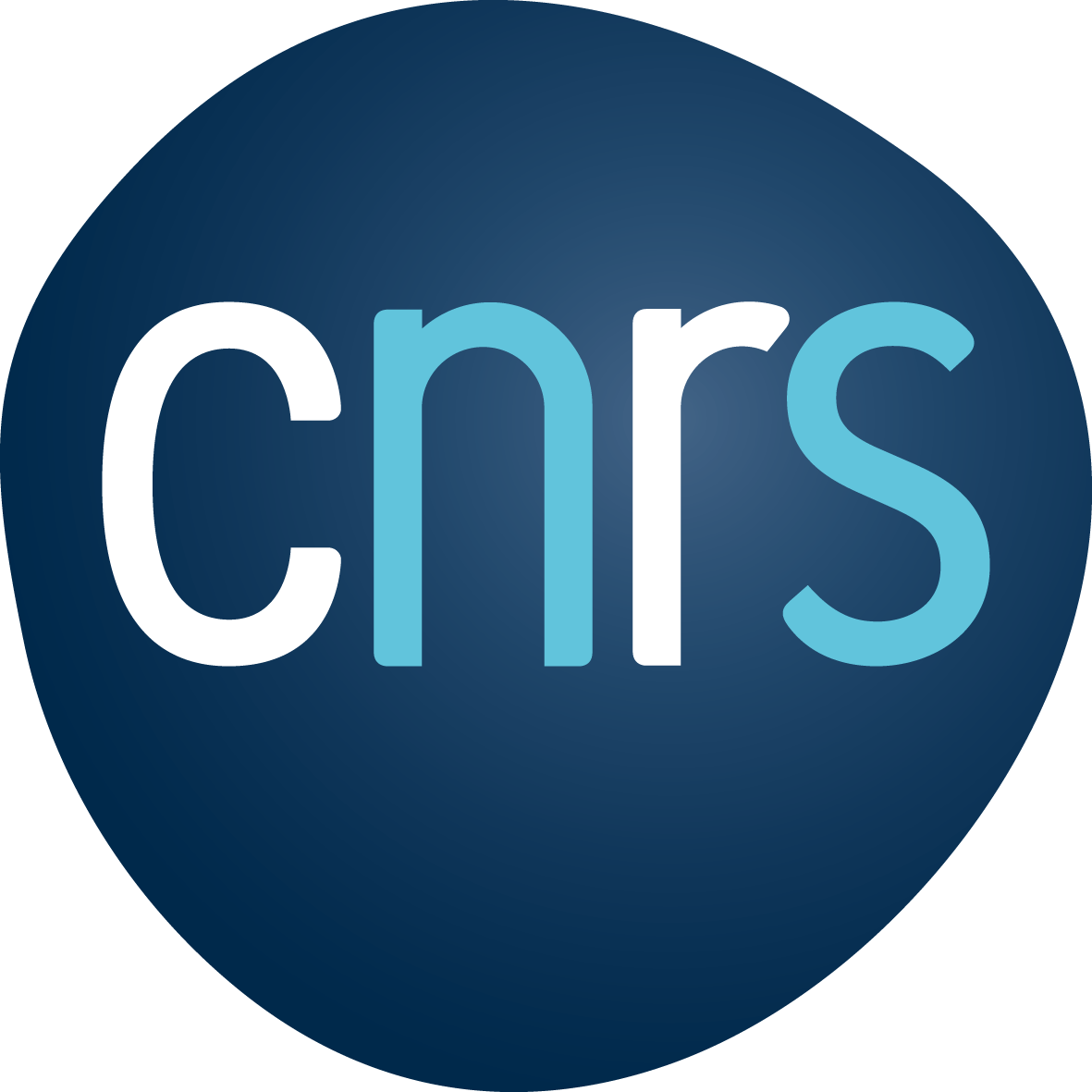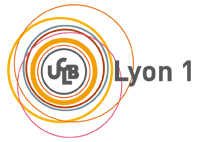Chemistry in Confined Space
T. Brotin, N. De Rycke, J.-P. Dutasta, L. Guy
Synthesis and Chiroptical Properties of New Molecular Cages
T. Brotin, N. De Rycke Read more
Synthesis of Enantiopure Molecular Hosts for the Detection/Extraction of Ionic Species
T. Brotin, N. De Rycke Read more
Supramolecular Catalysis
J.-P. Dutasta (Collab. A. Martinez, ECM Marseille) Read more



